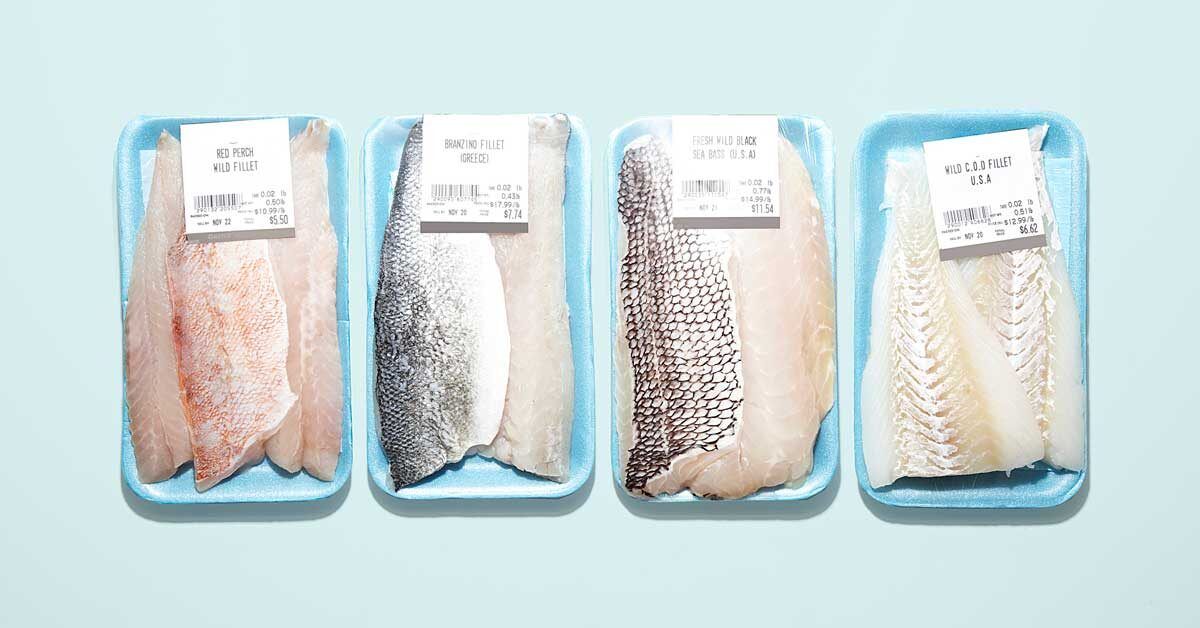You could be forgiven for feeling slightly confused when it comes to understanding food labels.
Claims and health-related benefits often touted on food packaging include “no added sugar”, “97 per cent fat free”, “wholegrain”, “natural” and “grain-based protein”, along with a number of tables, numbers and nutrients.
Often the information is so dense it’s almost as if you need a PhD in nutrition to fully comprehend it all.
The good news is that there is an easy way to decipher the nutritional make-up of any packaged foods, and all you need to do is scan a couple of key sections of any label to get all the information you need.
While the health-related claims food manufacturers make on packaged foods are highly regulated, when it comes to general descriptors such as “wholesome”, “natural”, “free” and “nutritious”, things are a little more lax. Food companies are permitted to use such words freely to help promote products without any scientific backing.
What you can trust, though, is the ingredient list and the NIP or “nutrition information panel”. The information included here is based on scientific fact, and as such is the most important thing to look at if you want to know exactly what is in the foods you are buying.

The ingredient list and nutrition panel are the best places to look for information in the supermarket. Photo: iStock
The most important thing to look at – the ingredient list
Ingredients are always listed in order, which means that a food that lists sugar, flour and vegetable oil as the first few ingredients is not a good choice nutritionally. As a general rule of thumb, seek out foods with shorter ingredient lists, and processed options that are largely made using whole, recognisable foods, and minimal additives.
What about the NIP?
The nutrition information panel on any packaged food shares plenty of important information but interpreting it can be complicated, depending on the type of food you are looking at. For example, the dietary fibre content of bread or breakfast cereal may be important, but not if you are looking at eggs or meat, which offer plenty of protein instead.
What the NIP does offer is a standard 100-gram comparison between products, so you can determine the percentage of fat or sugar for example. The NIP also offers per-serve information if you are tracking a certain nutrient such as grams of fat or sugar or carbs per serve.
What about fat?
Twenty years ago, the fat content on packaging was the first thing we were taught to look at but as our understanding of nutrition has improved, so too has our understanding that it is the type of fats we are consuming that is most important, and not necessarily the quantity. Extremely nutritious wholefoods including olive oil, nuts, seeds and even grainy bread can appear unhealthily high in fat when they actually contain an abundance of good fat. For processed foods such as biscuits, cakes, pastry, frozen goods and snacks, aiming for foods with less than 10 per cent fat is a good reference point, or less than 3 per cent saturated fat, which will help to ensure you do not eliminate the good fats with the bad.
What about sugar?
Keeping our intake of added sugars as low as possible is important. Foods that are less than 10 per cent sugars or that contain less than 5 grams of added sugars are considered low-sugar foods but keep in mind that fresh fruits and dairy also contain some naturally occurring sugars. For this reason, looking for foods with “no added sugars” can be helpful in making healthier dietary choices.
What about the carbs?
When considering the overall sugar content of a food, it’s also important to look at how much carbohydrate it contains. The “total carbohydrate content” of the food will actually include the sugars within this number and give you an idea of the amount of fuel a food contains. For example, if you consider that a slice of bread or a piece of fruit contains 15-20 grams of carbs per serve, then a food that contains 60-80 grams of carbs per serve is an energy-dense food that needs to be eaten in controlled portions. A balanced meal will contain 30-60 grams of carbs per serve.

The higher the wholegrain content, the better. Photo: iStock
Terms to be watch out for
Wholegrain Wholegrains such as brown rice, corn, whole wheat, oats and barley offer a lot of nutrition. Rather than buying white breads and refined cereals, however, it’s wiser to choose carbohydrate-rich foods that have a wholegrain base. In fact, the higher the wholegrain content, the better. For example, a bread with 25-30 per cent wholegrain is much better than one with 8-10 per cent wholegrains.
Low fat While some low-fat or “97 per cent fat-free” foods are simply lighter versions of the full-fat variety – for example, milk – other low-fat, processed foods such as snack bars, biscuits and cakes are generally processed foods that contain more refined carbohydrates.
Light Not a regulated term. The term “light” may refer to colour or flavour and has no standardised nutritional reference.
No added cane sugar A food that specifically says “no added sugar” may still contain added sugars via syrups, honey, starches or fruit sugars so always check the ingredient list.
Flavoured Foods that reference natural flavours are ideal, but if you see the word flavoured it may also suggest flavour enhancers such as MSG or additive 621, which are not great for us nutritionally.
Clean High-protein, lower carb products and protein powders often make this claim, and while it may suggest an ingredient list that is free of additives, it has no real meaning from a nutritional perspective.
Diet You will see the word diet when a food product has been sweetened, usually with artificial sweetener.
Susie Burrell is an accredited practising dietitian and nutritionist and holds a master in coaching psychology.




:max_bytes(150000):strip_icc()/ChickenBreast-7c055ca42ace4670867b52b9ab642824.jpg)






